There are some very big differences in fishing the fall surf—say, any time after October 1—than those outings of July or August. Heck, the late fall can oftentimes be worlds different week to week and even day to day!
In the early part of the season weather patterns in New England can be far more easily predicted. In the fall, however, it is not as simple. Even the best-laid plans can be thrown right out the window when Mother Nature drops a surprise nor’easter on us, or we see snowflakes in the short-term forecast. Trying to predict not only where the fish will be, but also what bait they’ll be feeding on can be difficult. The unpredictable weather often seen in the fall has a way of shaking things up, moving bait around and sometimes even ruining a good thing we have going.
That said, there are some generalities that can be made regarding bait in the fall surf as it relates to striped bass and bluefish based on what has happened in the past when we look at not what has taken place over the span of a year or two, but over a much longer timeframe.
In general, where I fish in southern New England, I most commonly encounter silversides, bunker (peanuts on up to adults), mullet and hickory shad. However, there are times and locations where sand eels, sea herring and even squid add into the mix, not to mention more isolated events where such forage as juvenile weakfish or Atlantic mackerel top the menu of local predators. I guess, in a way, this variety and uncertainty is a big part of what makes fishing the late fall surf so exciting!

Silversides
One baitfish that I almost left off this list, but which I ultimately decided to include, is the silverside. I say this because the silverside is an often-overlooked baitfish by the surfcaster, unless they wield a fly rod or target schoolies as silversides are generally associated with smaller stripers and blues. And while this isn’t a false assumption, there are times and scenarios where I have encountered very large striped bass keyed on these small baits. Silversides can also be a piece of the food chain leading to large striped bass (see hickory shad below) so in the fall I pay more attention to them than any other time of the year.
As far as imitating silversides, their slender silhouette can be difficult at times when targeting larger fish. Teasers like Red Gills are your best bet, but many (like me) prefer not to use them for many reasons. Instead, I opt for tins like Kastmasters and Coltsniper Jigs, bucktail jigs, 6-inch Finnish swimmers like the Daiwa SP Minnow or Bomber Long-Aand smaller 1 1/2oz Super Strike needlefish.
Silversides can be found anywhere in the fall, but fishing in, around and near outflows fed by small backwaters and tidal creeks is a good place to start.
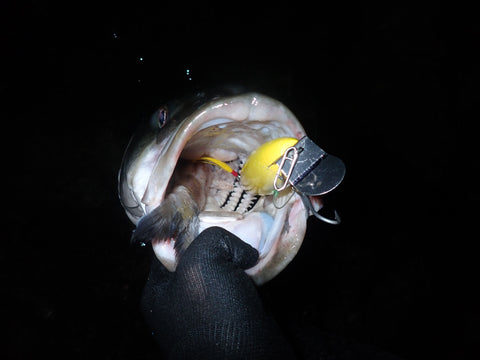
Bunker
There was a time when it was a special event to encounter a school of adult bunker in the surf in southern New England. Finding such a food source almost always meant some very large striped bass and bluefish would be present, but with diminishing striper and bluefish stocks and increased bunker populations, it is almost more likely to find a school of bunker without predators feeding on them than with. That said, they remain a viable food source and one you should not overlook in the fall.
When talking about bunker I classify them into three size classes: peanuts, which are anything from too small to see on up to about three inches; candy bars, which are the next step up at 3 inches to about 5 inches; and adults which is anything over 5 inches.

Peanuts
While they look very different from the side, I take a similar approach to imitating peanut bunker as I do silversides. Peanut bunker are often found in the same locations as silversides either on their own or mixed together. The same lures often work here as well including small tins and plastics swimmers, but bucktail jigs like Spro Power Bucktail and Jeck’s Bucktail Jig and of course rubber shads like Tsunami Swim Shads and Al Gag’s Whip-It Fish are my top choices. Throwing jigs around peanuts not only usually produces action, but it has a way of culling some larger fish.
If there is a curse to fishing around peanut bunker it’s that your lure needs to stand out from a crowd of thousands if not millions of other bite-size morsels. To do this I rely on luck, an erratic retrieve and upsizing the lure. You’re on your own with luck, but the retrieve and lure size are within your ability to modify. Starting with lure size, simply going larger than anything you’re seeing is the easiest fix. Now I’m not advocating you throw a 9-inch rubber shad when 2-inch baits are everywhere, but throwing a 5-inch shad in this scenario often gets more than a second look. As to retrieve, try to fish near but not in the main school of bait. Cast to the edges and especially behind the schools and add erratic but subtle pops, stops and starts to the retrieve.

Candy Bars and Adults
I started calling mid-size bunker “candy bars” several years ago because the size is about right and because much like their namesake, they’re hard to pass up. Bass of all sizes can be found feeding on them and they’re rather easy to mimic with a wide variety of common surf fishing lures. Adult bunker are a bit more difficult to replicate accurately size-wise, but that is not always the most important thing as both sizes of bunker are usually found together. For that reason, I am lumping them together here but they’re different enough for me to categorize differently.
Traditionally, something like a Gibbs Danny is a common lure to fish around bunker. And while I have found success on surface Danny-type plugs, I have also found them to be somewhat limiting in how and where they can be fished. Due to this, I am far more likely to clip on a Super Strike Zig Zag or NorthBar Montauk Darter when larger bunker are present. I am also VERY FOND of needlefish like the Gibbsor largest of Super Strike’s Super “N” Fish as well as those of several garage builders including Surf Asylum and JLH. I wrote an in-depth piece in issue #69 ofSurfcasters Journal as to how and why needlefish are my top-producer around adult bunker, so I won’t dive headlong into it today.
Soft plastics are also a great adult bunker imitator, especially when fished weightless on an Owner Beast hook. 9-inch Slug-Gos are tough to beat here, but really any 9- to 10-inch-long soft plastic stick bait will work.
Look for larger bunker to be moving along the oceanfront as well as near river and tidal creek mouths. Adult bunker often winter-over in tidal creeks that don’t freeze solid, and I have found some very large stripers well into the winter feeding in these locations.

Mullet
Mullet are my favorite fall bait species. If I could have created a baitfish that would benefit the surfcaster almost exclusively, the mullet would be it. They run tight to shore, grow to cow-attracting sizes, and are easily replicated with a wide variety of artificial lures. For many years there was little discussion in my neck of the woods in regard to the mullet run. It was often overshadowed by other baits like the peanut bunker or sand eels, but it was something which I always looked forward to seeing after several memorable nights where large striped bass blasted mullet tight to the shore. The problem is, I haven’t experienced a good mullet bite in several years. That said, others do run into them with great frequency so I’d be remiss if I left them out of today’s discussion.
When mullet are the dominant bait it is hard to beat a slender metal-lip swimmer like a Gibbs Danny along the beach. Secondary choices would be Finnish swimmers of either six or seven inches like a Bomber or a Redfin. Another suitable imitation would be or Super Strike Stubby Needle or aYo-Zuri 2 oz Darter A well-places darter worked behind a school of mullet is about as sure-fire of a technique as any for scoring a keeper bass in the fall surf. Anglers often get caught up with throwing blue / white plugs when mullet are present; I do just fine with solid white by day and solid black after dark. If you’re lucky enough to find yourself at an outflow as schools of mullet make a run for the open beach, a white bucktail jig with pork rind, Otter Tail or Fat Cow Jig Strip is your best friend.
You can find mullet most anywhere along the shore in the fall, but as they come out of the ponds and salt marshes, I begin my hunt for them where theses backwaters dump into the ocean. From there look for coves and bowls along the beach where mullet find themselves trapped by predators.
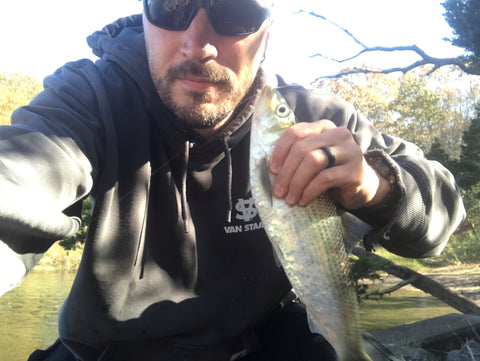
Hickory Shad
The hickory shad is another one—like the silverside—that I was back and forth on as far as including. Ultimately, I chose to include them as more and more I see others talking about finding them in the surf, something that I have been seeing for many years. Further, while most of the time the hickory shad is mentioned in the context of by-catch while targeting schoolie bass and small bluefish, I see them as an exceptional BIG BASS food source in the fall. I first learned this some 20-or-so years ago fishing a certain Rhode Island breachway when I witnessed an old-timer liveline a hickory shad to a 30-pound bass. I took note of how he did it and by the end of the week I had a good score of bass to almost 30 pounds to my credit on the real deal.
Since that week, when I encounter hickories in the surf, and I am not set up to liveline them, the same lures I throw when adult bunker are present have served me well. Big, 10-plus-inch needlefish have been very productive in this scenario, and due to this I always carry at least oversized white needlefish in my bag when fishing in the fall.
Hickories can be found along the open surf as well as near outflows with the main factor I find in locating them being small bait such as silversides and peanuts as they themselves are a predator in the food chain.
Other Late Fall Baits
As noted earlier, the list of potential prey items that one might encounter in the fall surf is almost endless. With that, here is a brief overview of some of the baitfish I encounter with somewhat less frequency than those noted above.
Sand Eels
The presence of sand eels in the surf varies greatly from one season to the next, and from one location to another. Some years the surf is just about stuffed full of this slender baitfish where other years they are practically nonexistent; where I tend to fish, I rarely see them. However, in sandier surf locations such as the beaches of the Cape, the south shore of Long Island and on to New Jersey, they are a staple fall forage species. Imitating the sand eel is simplicity in its finest. Two lures immediately come out of my bag when sand eels are in the surf: needlefish and smaller SP Minnows. Match the size of the offering to the size of the bait but try stepping your offering up just a hair in an effort to get that big-momma-cow to slurp down your offering.
Sea Herring
Sea herring are one of those wild cards of the fall. You know they will be around at some point, and some lucky anglers will happen into a herring-fueled blitz, but it is not something which you can plan your schedule around. If you find yourself working the late-fall surf line and a school of herring is at your feet, it is in your best interest to have a few large-bodied plugs on hand. Large swimmerslike Red Fin and large metal-lip swimmersshine when herring are present as do large poppers like the Super Strike Little Neck Popper. While it doesn’t hurt to attempt to match the colors of a herring by throwing blue/white plugs, I do equally well on solid white as well as yellow/white plugs.
Squid, Mackerel, Weakfish, Etc.
I am throwing this last lump together as they are not universally seen but they are worth mentioning in the context of opportunity. Perhaps no more than at any other time in the season, the late fall throws wild cards at the surfcaster, and it pays to be ready. Now this doesn’t mean you need to pack a million extra “just in case” plugs in your bag, but it pays to add a lure or two at times. Regardless of what I am seeing for bait, I try to always keep something somewhat generic in my bag in the fall such as a solid white Super Strike Darter or a chrome Red Fin.
While there will be times when large fish can be found feeding on small forage, big fish are more likely to expend energy in search of a far more substantial offering like some of those noted above. Knowing what bait is present and which ones are more likely to be followed by larger striped bass and bluefish will increase your success. Further, being able to consistently put yourself in the pathway of a select species is what makes a good fisherman a great surfcaster, and there is nothing more valuable to this end goal than putting in your time.




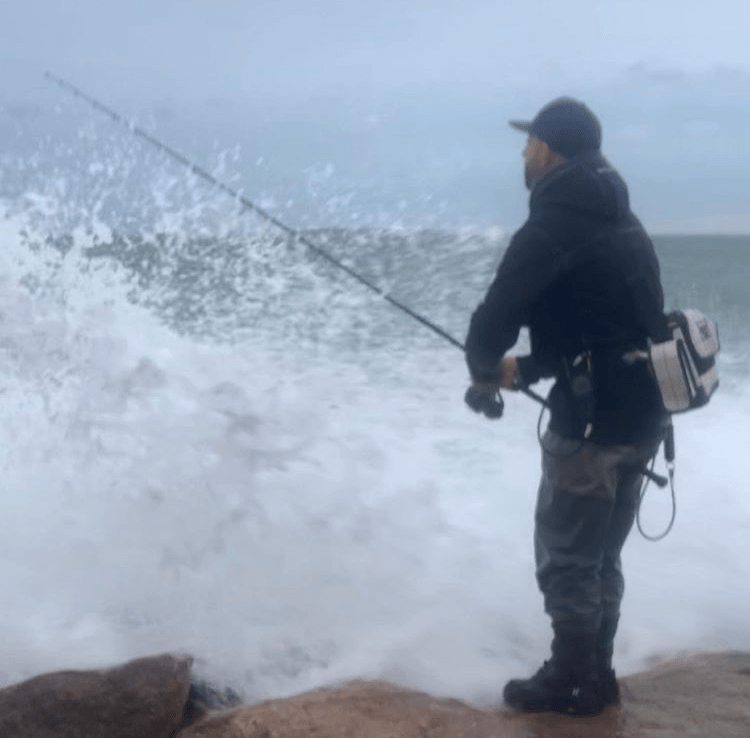

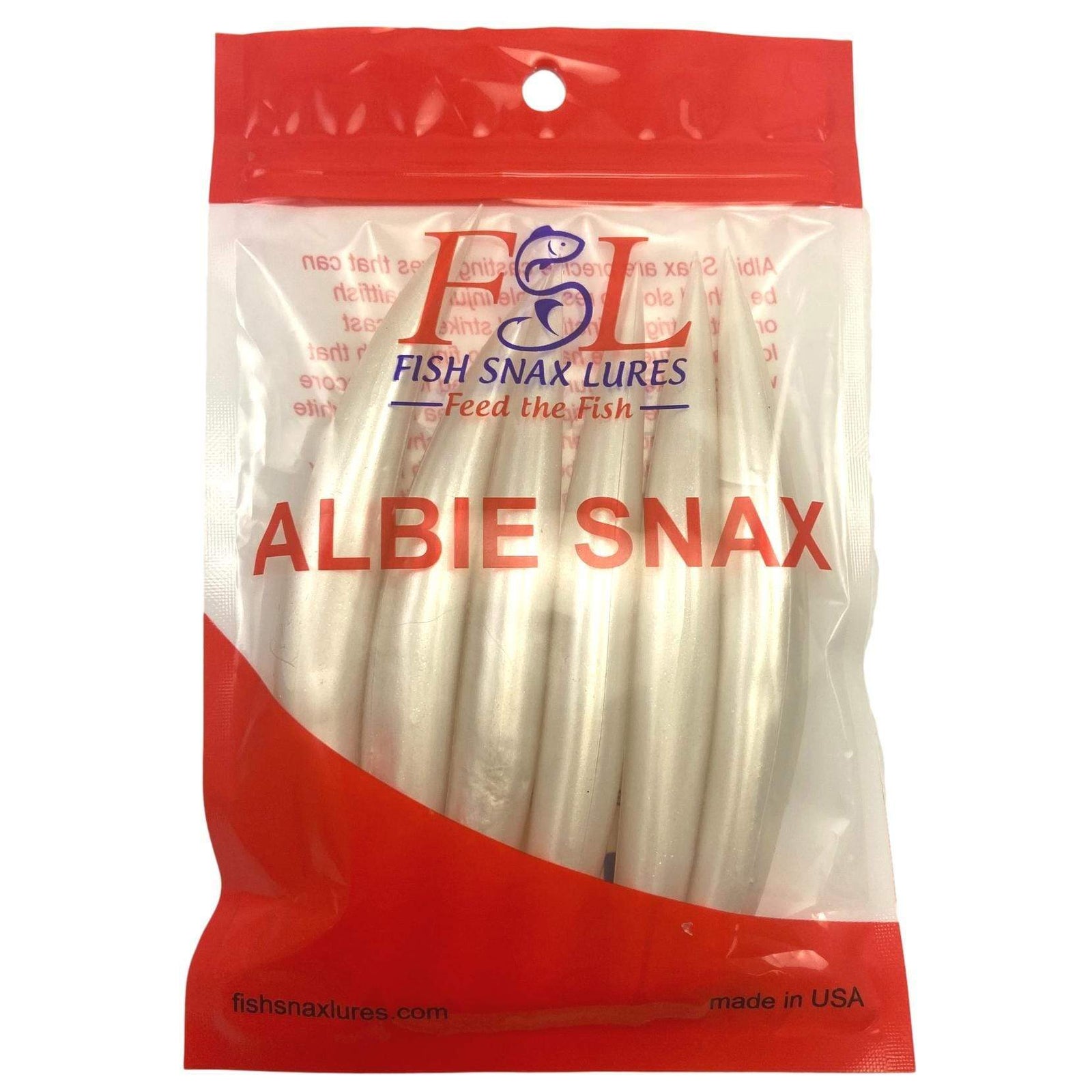

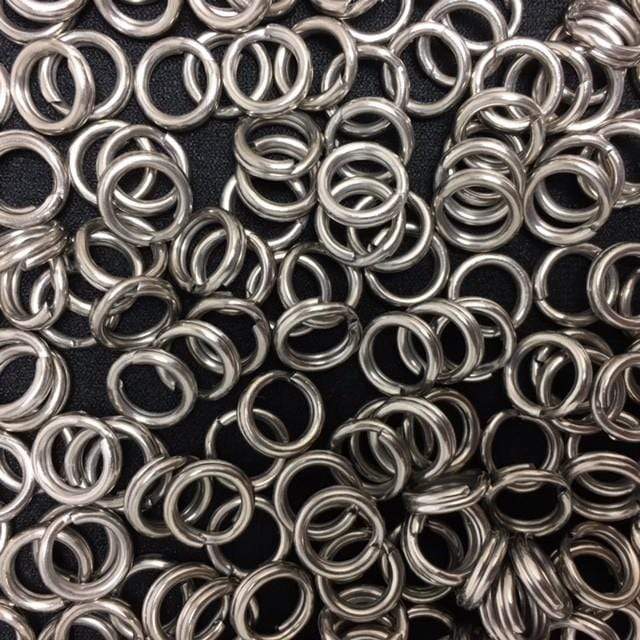
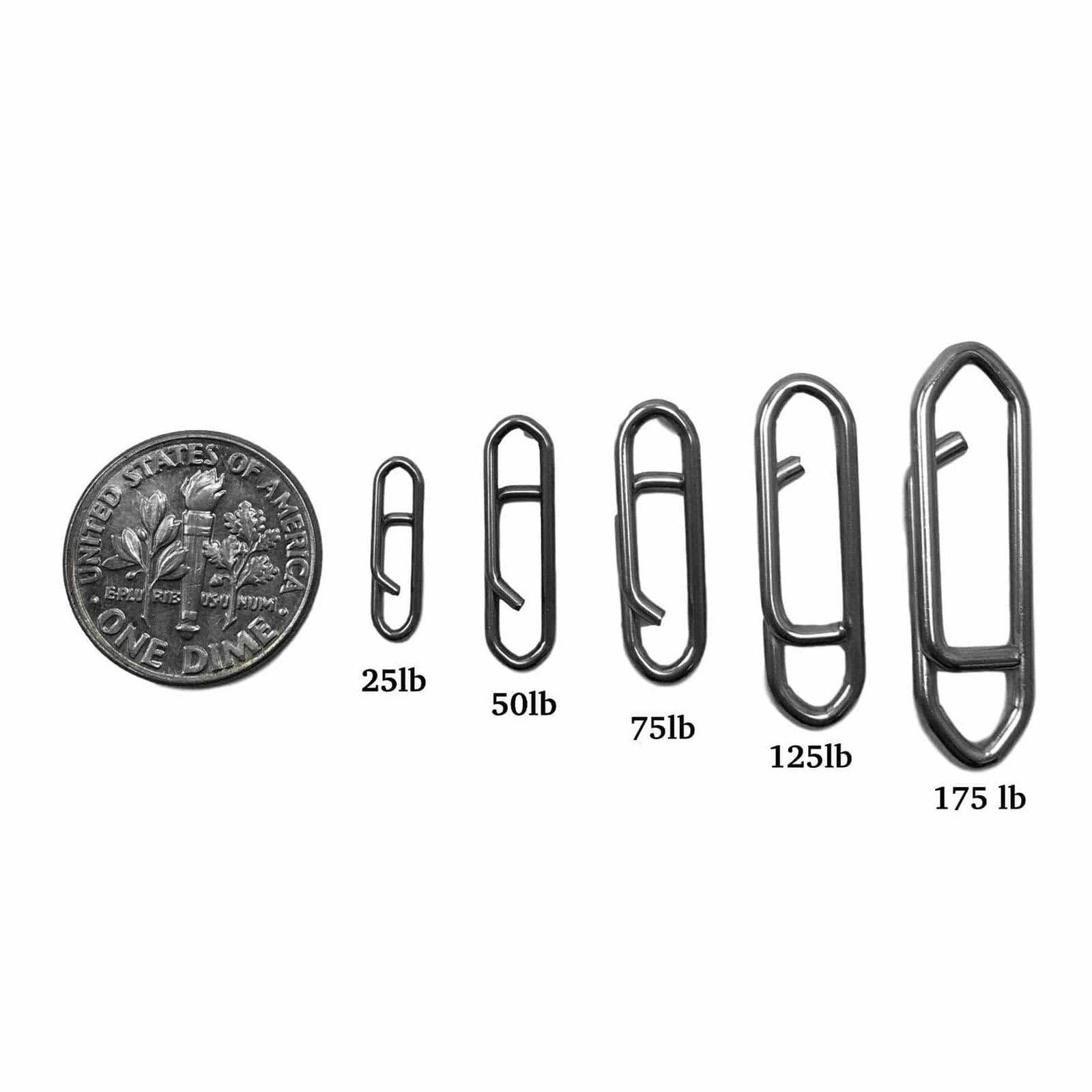


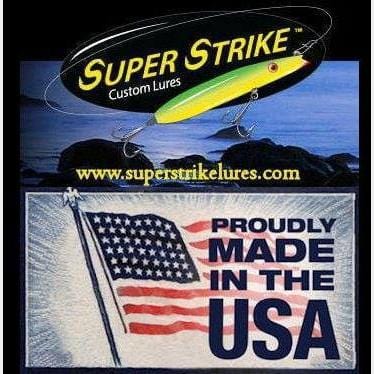

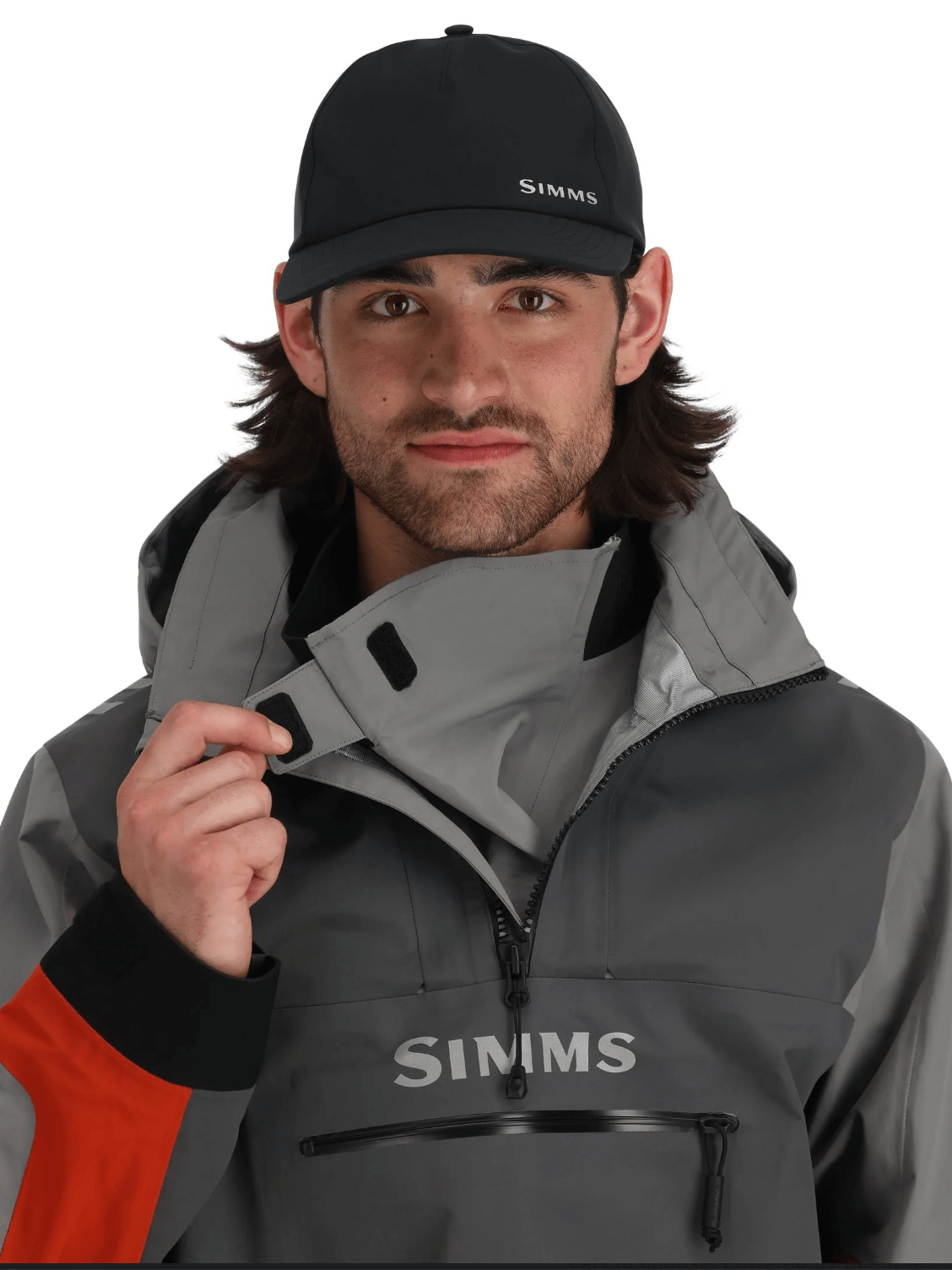

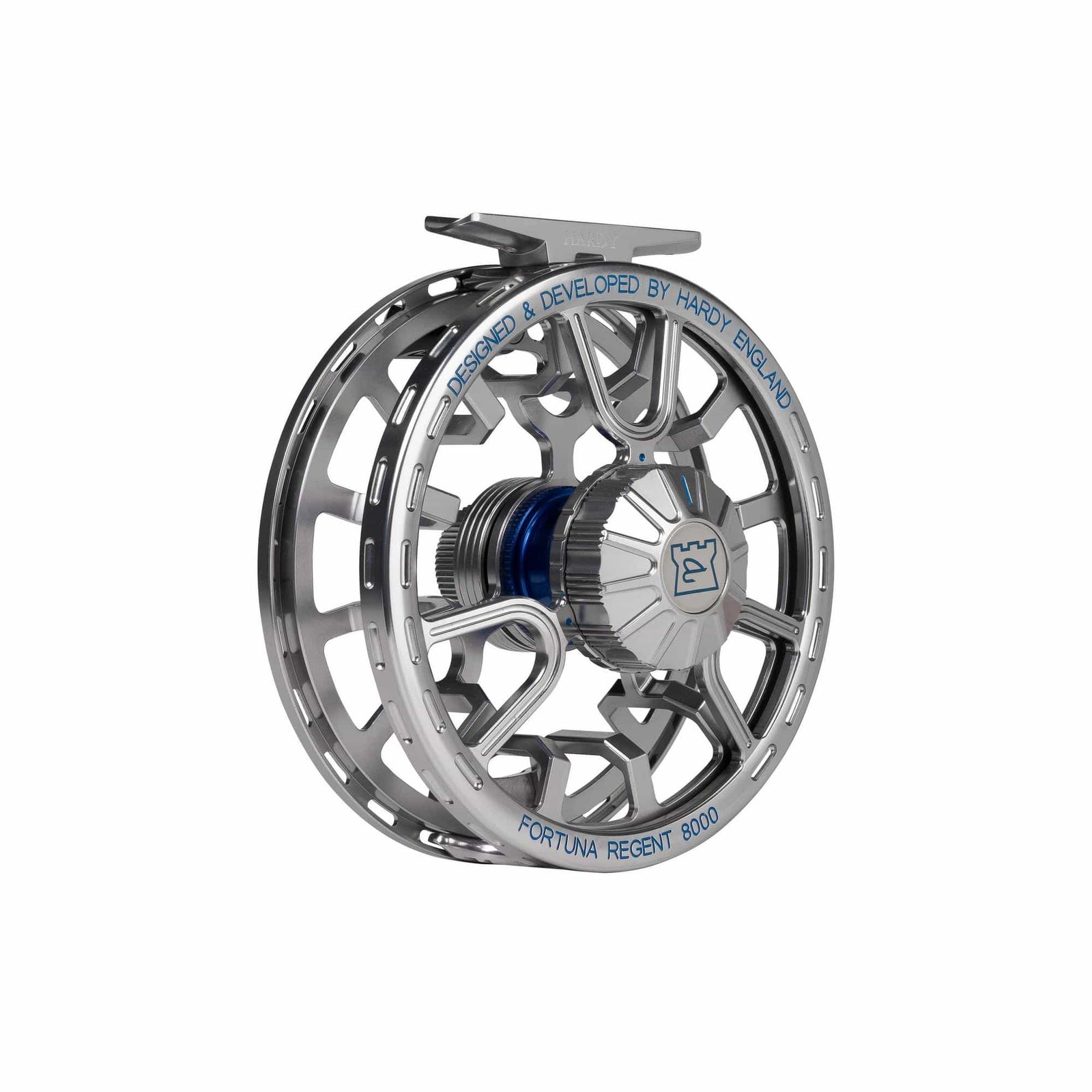
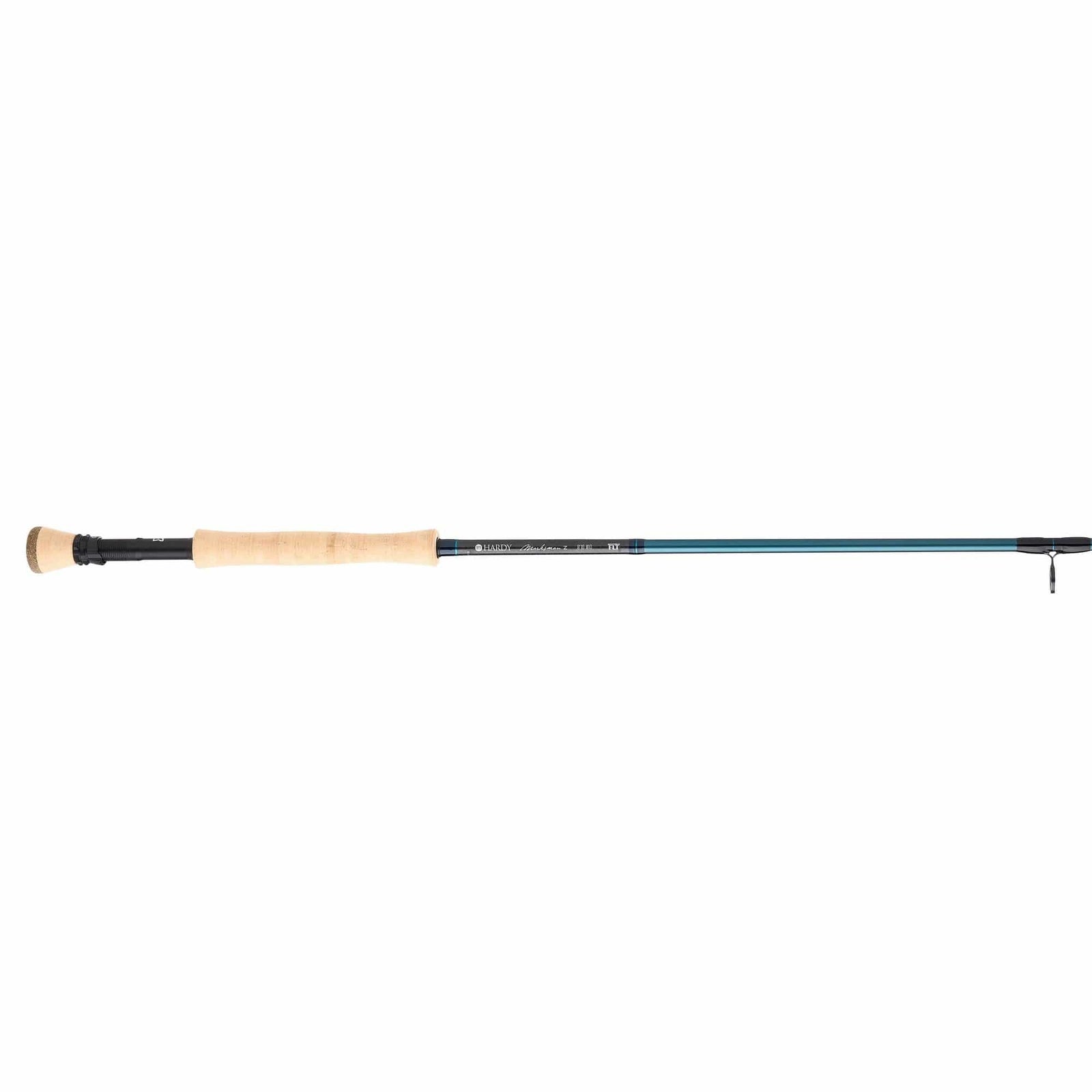

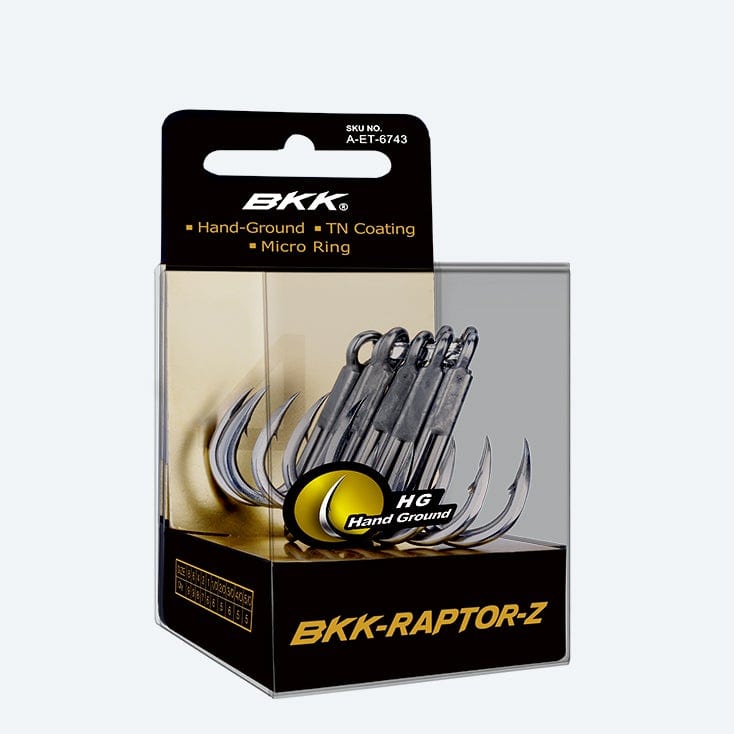

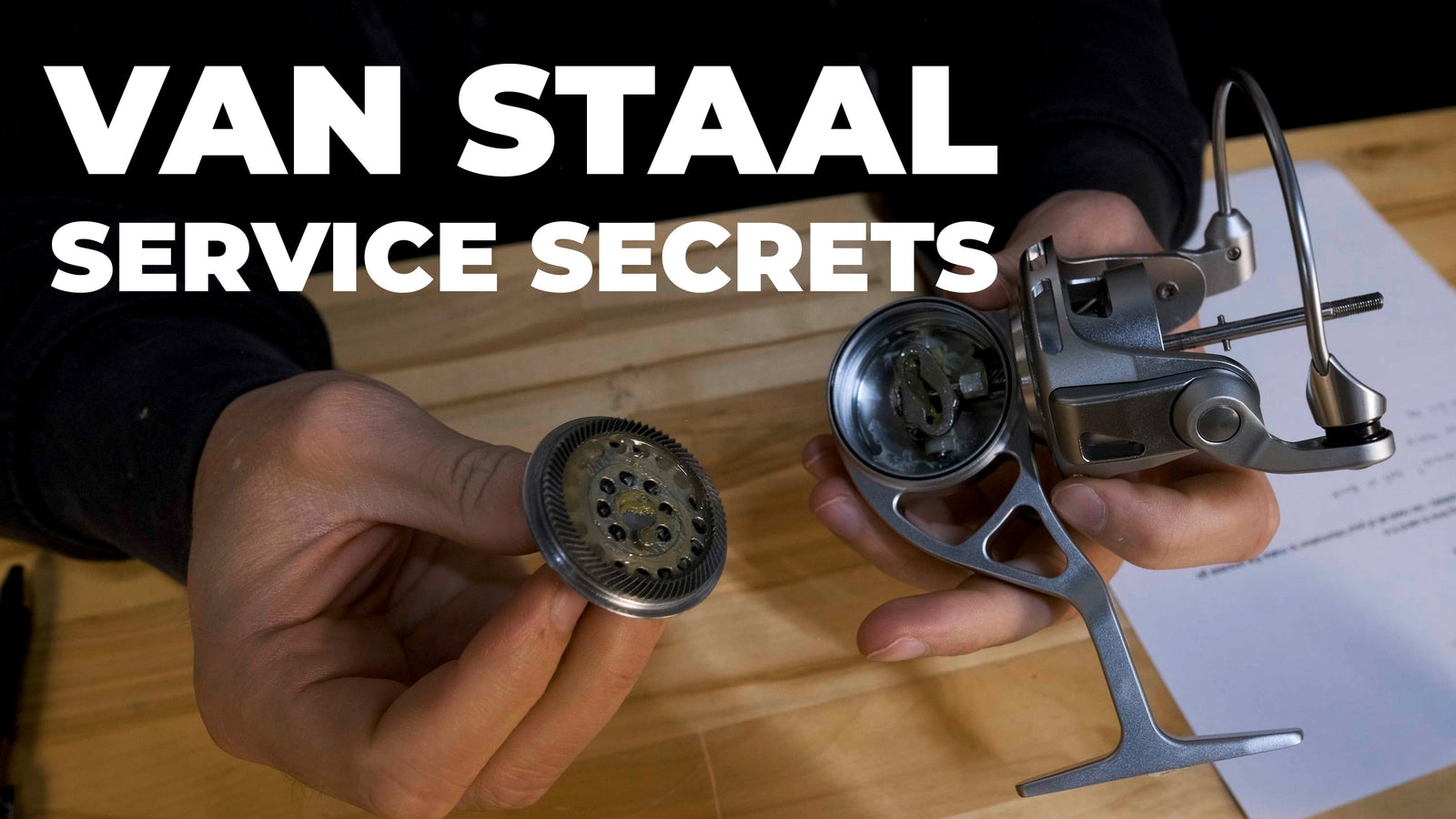


Will Wiant
October 24, 2022
Thank you so much. A great article, and always helpful. Looking forward to putting all this knowledge this week.